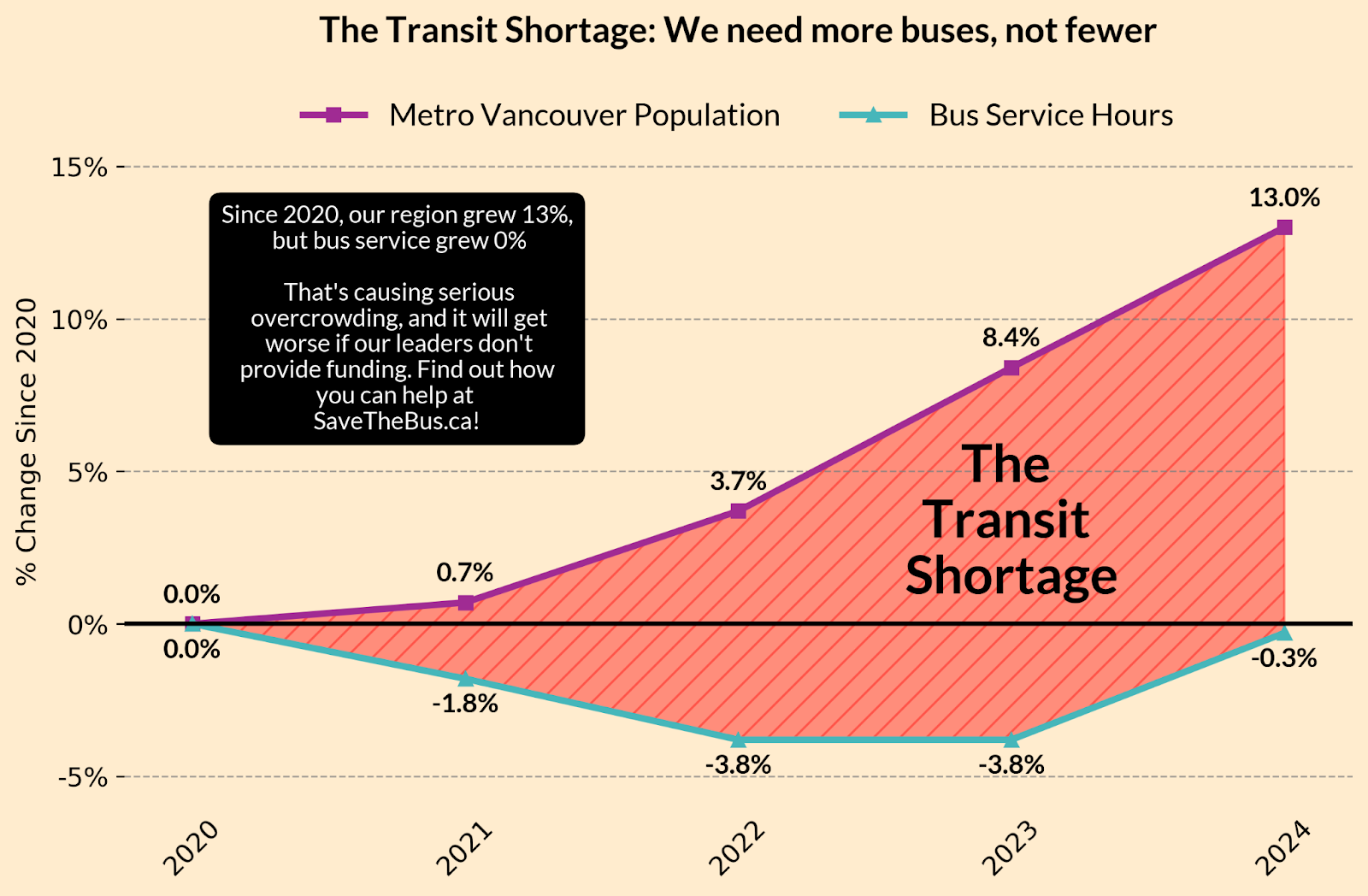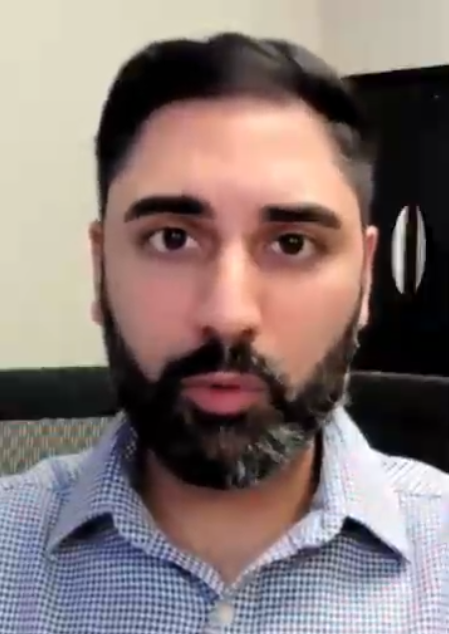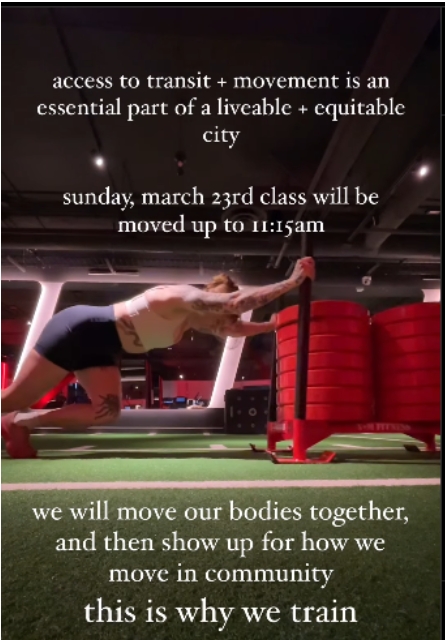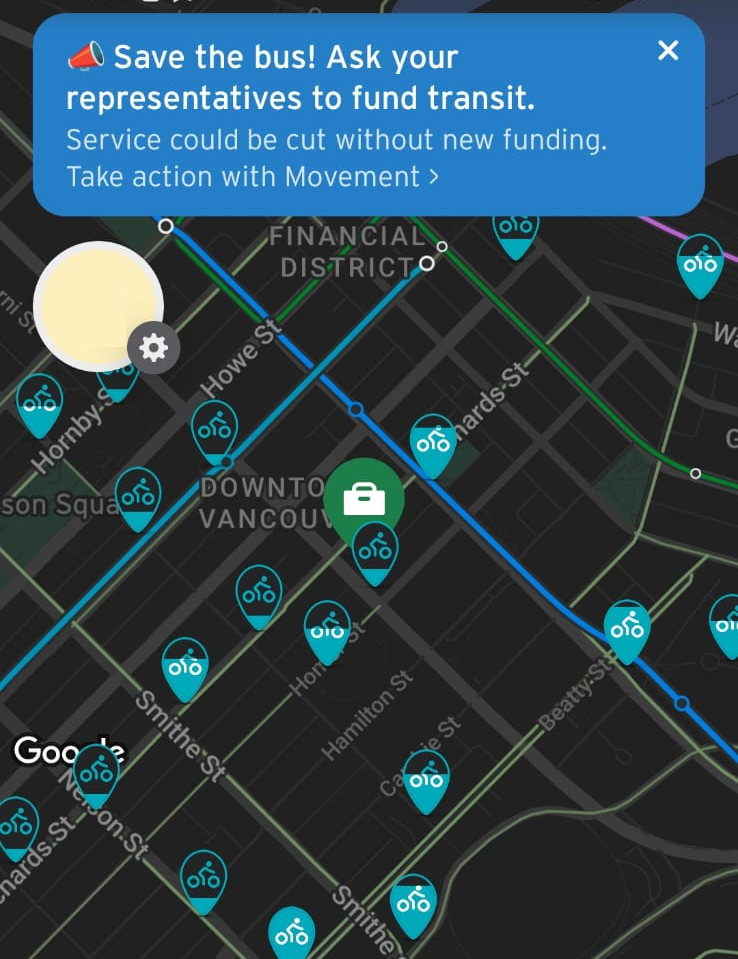Your cart is currently empty!
Release – Deadline for TransLink funding deal looms. Let’s have a rally!

For Immediate Release
March 20, 2025
VANCOUVER – Movement’s advocacy has reached a fever pitch as the negotiations for TransLink’s $600m funding deficit reaches their final stages. Through phone calls, e-mails, social media, and signed letters, thousands of people and organizations have spoken up to prevent transit cuts. These efforts will culminate in a rally at Metrotown Station on Sunday, March 23, at 1pm.
Status of negotiations between the province and mayors
The negotiations to confirm funding to preserve bus service have been ongoing for some time, and are governed by a Non Disclosure Agreement, so participants aren’t able to share with us which potential funding sources are under discussion. But we understand that they plan on concluding these negotiations around the end of March. Why? TransLink’s Investment Plan must be adopted by April 30th, and they are obligated to spend several weeks consulting the public before that date. Add in some additional time to draft the plan, and it becomes clear that a deal is needed on funding roughly four weeks before April 30th.
Top 10 bus routes that have seen cuts since 2019
| Top 10 routes to see cuts from 2019 to 2023 | ||
| Route | Reduction in bus svc | Corridor Served |
| 8 | 33% | Fraser St, Vancouver |
| 555 | 32% | Hwy 1, Langley to SkyTrain |
| 143 | 31% | Coquitlam to SFU |
| 3 | 30% | Main St, Vancouver |
| 9 | 29% | Broadway, Vancouver |
| 10 | 29% | Granville St, Vancouver |
| 20 | 28% | Victoria & Commercial, Van. |
| 84 | 26% | W 4th express bus, Van. |
| 410 | 24% | Cambie Rd, Richmond |
| R5 | 21% | Hastings, Van. and Burnaby |
| Route 41 excluded as service was re-invested into R4 on same corridor | ||
The graph below indicates that transit service has stayed at roughly the same level since 2020. But that’s not the whole story. TransLink has been forced to shuffle buses around the region from overcrowded routes to address severe overcrowding on others. This is the right way to manage a network under these conditions, but this “reallocation” is starting to have real repercussions. Due to the cuts, even lower ridership routes like the 119 are now leaving people behind at bus stops. This means their ridership potential is being held back. Every person left behind at a bus stop has been given an excellent sales pitch to go out and get a car, boosting congestion and pollution. That person was trying to do us all a favour by riding the bus.
“My wife was denied getting on the 119 both coming and going for a dentist’s visit because there wasn’t room for her and her walker. This week on the 119, someone gave up the jump seat so I could sit with my white cane. One stop later, the bus was full and turning away passengers.”
-Ray
[The 119, serving Kingsway in Burnaby, is far from the most crowded route in the system. Service has been cut 14% since 2019 to address overcrowding elsewhere in the region.]
Movement’s message to Mayors and MLAs: Address the transit shortage
Many of our supporters have received encouraging responses from MLAs in all three parties, as well as from Mayors. They have all signaled their commitment to high quality public transit.

We want to underline the fact that transit service remains far below 2020 levels on a per-capita basis. Since 2020, transit service has increased 0% and the region’s population is up 13%.
We believe this is one of the key reasons why we are seeing overcrowding and is keeping many Metro Vancouverites from having a cheaper alternative to driving.
We implore the mayors and MLAs to come to a deal that ensures we’re not forced to deal with 2020 service levels into the end of 2026 and beyond.
By increasing funding to keep up with population growth, you’ll be able to deliver:
- Restoration of service on routes that have been cut up to 30%
- Less crowding on the region’s busiest routes
- Transit that runs later into the night for shift workers
- Less waiting as routes with 30 minute frequency can be upgraded to 15 minutes
- New express routes that shave 20% off the travel time for long-distance commuters
- New service areas on the edge of the region that have never seen transit before.
If we envision a future with less congestion and less air pollution, we can’t expect Metro Vancouverites to crowd onto the same number of buses and trains. We have to entice them with faster, more frequent, more reliable service from Tsawwassen First Nation to Maple Ridge.
Politicians can be assured support for transit hugely outnumbers opposition
Polling consistently shows that 80% or more of Canadians support greater investment in transit. The response to our campaign is a clear illustration of this. We’ve been overwhelmed by the large and diverse outpouring of support for better transit. Movement has had to upgrade our web server, and sign up for a paid newsletter service due to the level of traffic we’re experiencing.
Any politicians that are concerned about funding transit can be reassured that all kinds of organizations support more transit funding, from the Surrey Board of Trade to the BC Poverty Reduction Coalition.
| Numbers -2800 letters to MLAs through our online form -Hundreds more e-mails and phone calls directly to MLA & mayors -Nearly 200 letters through Environmental Defence Canada’s online form -Our Instagram following has nearly doubled -Our most popular Instagram post was shared 4600 times and seen 110,000 times -Dozens of Movement volunteers have organized over 50 canvassing events at bus stops from UBC to Newton -We’ve given out thousands of fliers and posted hundreds of posters |  “Transit is an essential service to our business community and they are extremely worried. . . “ Interview with Jasroop Gosal, Surrey Board of Trade |
 Zoe Rhiannon Coaching announced in an instagram video that she is shifting the timing of her fitness class so clients can come to the rally. |  Transit App users in Metro Vancouver are now seeing banners encouraging riders to take action. |
Rallying to show support for better transit – Sunday at 1pm, Metrotown
This will culminate in a rally on Sunday, March 23, at 1pm. It will be located just outside the Easternmost entrance of Metrotown Station, under the SkyTrain guideway. We’re expecting rain at that time, so dress appropriately. We’re preparing a lineup of speakers that will share their experiences on transit, and explain to elected officials how much support there is for more transit funding.
Media with Movement input since the last press release:
- Vancouver Sun – B.C. budget leaves TransLink waiting for funding lifeline, Mar 5, 2025
- Daily Hive: Opinion – Top 10 busiest of the 145 bus routes that could be cut without new TransLink funding, Mar 12, 2025
- Vancity Lookout – Why Vancouver’s transit system is at risk and what it means for commuters, Mar 14, 2025
- Burnaby Now – Letter: ‘Need to do better’ when it comes to transit in Metro Vancouver, Mar 17, 2025
- Vancouver Coop Radio – Save The Bus campaign raises the alarm over transit cuts in Vancouver, Mar 17, 2025
- Surrey Now Leader – LETTER: Public transit is at a breaking point in Metro Vancouver, Mar 19, 2025
Quotes
“My wife was denied getting on the 119 both coming and going for a dentist’s visit because there wasn’t room for her and her walker. This week on the 119, someone gave up the jump seat so I could sit with my white cane. One stop later, the bus was full and turning away passengers.”
-Ray
[The 119, serving Kingsway in Burnaby, is far from the most crowded route in the system. Service has been cut 14% since 2019 to address overcrowding elsewhere in the region.]
“Late last year I suffered a seizure. As a direct result of that diagnosis I am now prohibited from driving for at least six months.
In simple terms that means that I now travel on foot or using transit, for work, for shopping, for medical appointments… for nearly everything.
For me those trips almost always begin with the Granville route. I’ve been surprised how one of the most travelled streets in Vancouver has, compared to other cities I have lived in or visited, such infrequent service. Somehow, no matter when I arrive at the stop, I wind up waiting five or even ten minutes every time.
Now I am reading that the province is planning to cut funding for transit.
I do not understand this. It will specifically impact lower income Vancouverites, seniors, and the disabled. And of course it will encourage people to use fossil fuel burning cars and trucks at a time when most of us are trying in every way to fight global warming.”
-Barry, Vancouver
[The Granville route, 10, has been cut back 29% since 2019 to address overcrowding elsewhere in the system.]
“British Columbia has positioned itself as a leader in sustainability and livability. Allowing these transit cuts would be a significant step backward in our commitments to climate action, public health, and community wellbeing.”
–Canadian Association of Physicians for the Environment
“Believing that not spending on transit is saving us money is like believing that not spending on groceries is reducing your food bill. Every dollar spent on transit reduces congestion, pollution and reduces every household’s transportation expenditure. “
-Lee Haber, Mountain Valley Express
“I’m a graduate student studying biology at SFU, living in East Van, and I depend on the bus every single day. I frequently have to stay late in the lab to run experiments, or come in quite early, so reductions of off-peak service, and especially elimination of the night bus services, could completely derail my research.”
-Anonymous
“I live in Upper Lynn Valley and rely entirely on transit to get to work and volunteering. Without it, I would have no way to move. I can’t afford gas and insurance, and this is my only option. I know I’m not the only person who lives like this. If the proposed cuts to transit funding are pushed through, people like me will be left in the lurch.”
-Olivia, North Van
Movement: Metro Vancouver Transit Riders is a non-profit that represents our region’s one million transit riders. We’ve often been left out of the conversation, and we’re here to speak up for faster, more reliable, more abundant transit. We’re focused on the growing number of bus routes where riders are left behind by full buses, day after day, primarily in Surrey and South Vancouver, as well as the urgent need for bus lanes that cost almost nothing but massively improve commutes for hundreds of thousands of people.